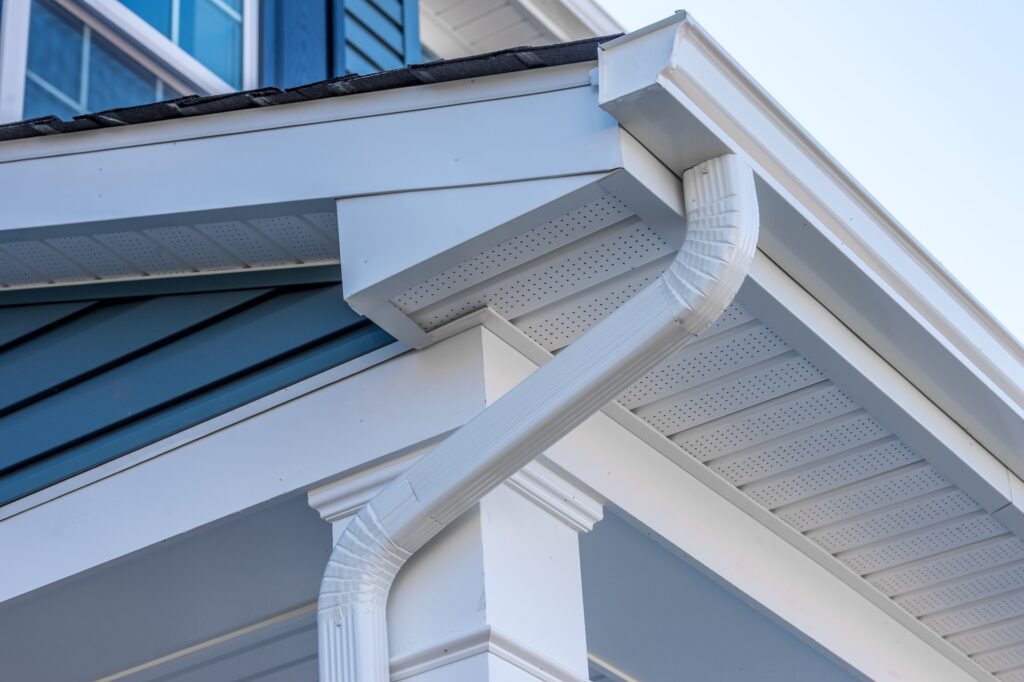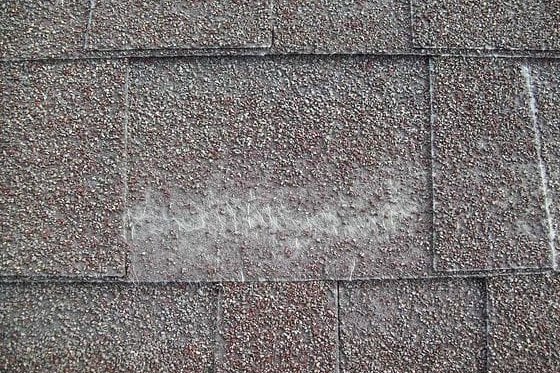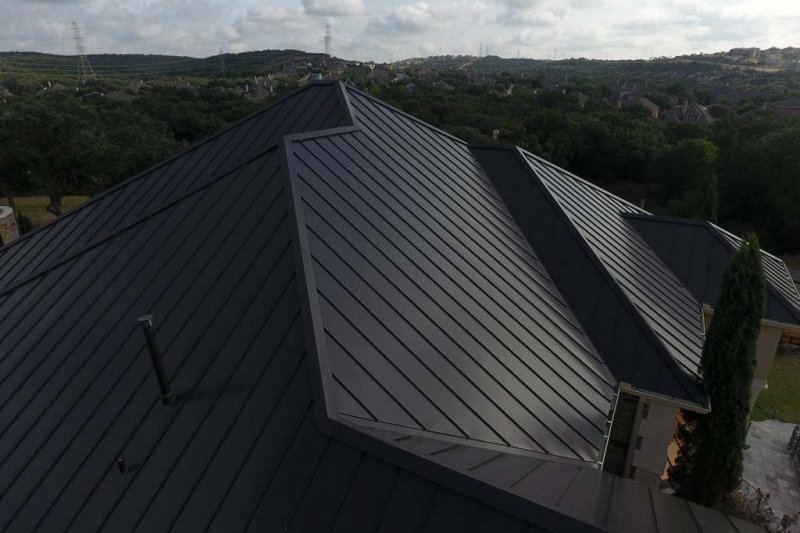Understanding Your Roofing Workmanship Warranty in Wilsonville, Oregon
When investing in a new roof or significant roof repairs for your home in Wilsonville, Oregon, you're making a major commitment to protecting your property. While the quality of materials is undoubtedly important, the skill and care taken during installation are equally, if not more, critical to the longevity and performance of your roof. This is where a workmanship warranty comes into play – a vital layer of protection that safeguards you against issues arising from installation errors or poor craftsmanship. Understanding what this warranty covers, how it differs from other types of warranties, and why it's essential can save you significant time, money, and stress down the line.
What is a Roofing Workmanship Warranty?
A roofing workmanship warranty, also known as a labor warranty or contractor warranty, is a guarantee provided by the roofing company that performed the installation or repair work. It specifically covers problems that occur due to the way the roof was installed, rather than defects in the roofing materials themselves. Essentially, it's the contractor's promise to stand behind the quality of their labor.
Think of it as an assurance that the roofers followed best practices, adhered to building codes, and installed all components correctly according to the manufacturer's specifications. If issues like leaks, displaced shingles, or improper flashing arise because of mistakes made during the installation process, the workmanship warranty obligates the contractor to return and fix these problems at no additional cost to you.
Why Workmanship Warranties Matter for Your Roof's Integrity
The best roofing materials in the world won't perform correctly if they are installed poorly. Incorrect nailing patterns, improper sealing around vents or chimneys, inadequate underlayment installation, or faulty flashing can lead to significant problems, most notably water leaks. Water intrusion can cause damage far beyond the roof itself, affecting your attic, insulation, ceilings, walls, and even the structural integrity of your home.
A strong workmanship warranty provides homeowners with peace of mind. It signifies that the contractor is confident in their team's abilities and is willing to take responsibility if their work leads to failure. Without this warranty, discovering an installation error months or years down the line could leave you facing expensive repair bills that you might have difficulty attributing to the original contractor, especially if they aren't reputable or have disappeared.
Planning a major roof project or just curious about potential costs? Getting an initial estimate can help you budget and understand the scope.
Get your free instant roof estimate
Workmanship vs. Manufacturer Warranties: Knowing the Difference
It's crucial not to confuse a workmanship warranty with a manufacturer's warranty (also called a material warranty). While both are important forms of protection for your roof, they cover different things:
- Manufacturer's Warranty: This warranty is provided by the company that produced the roofing materials (e.g., the shingle manufacturer). It covers defects in the materials themselves, such as premature deterioration, manufacturing flaws, or failure to perform as specified under normal conditions. Manufacturer warranties can range significantly in duration, often from 20 years up to a lifetime for high-quality architectural shingles. However, they typically do not cover issues caused by improper installation.
- Workmanship Warranty: As discussed, this warranty is from the contractor and covers errors or defects in the installation process. It does not cover defects in the materials (that's the manufacturer's responsibility) or damage caused by external forces. Workmanship warranties are generally shorter than manufacturer warranties, often ranging from 1 to 10 years, though some premium contractors may offer longer terms.
For complete protection, you need both warranties. A manufacturer's warranty ensures you have recourse if the shingles are faulty, and a workmanship warranty ensures you have recourse if the shingles (or other components) were installed incorrectly. A reputable contractor will help you understand both types of warranties and ensure that the installation methods used comply with the manufacturer's requirements, as improper installation can often void the manufacturer's warranty.
What a Roofing Workmanship Warranty Typically Covers
A comprehensive workmanship warranty should cover issues directly resulting from the contractor's labor and installation methods. While specific terms vary between contractors, here are common problems covered:
Improper Nailing
Nails that are under-driven, over-driven, or placed in the wrong location can cause shingles to detach, crack, or fail prematurely. Over-driven nails can puncture the shingle, creating a potential leak point. Under-driven nails can snag on subsequent courses, causing buckling. Nails placed in the wrong spot might miss the underlying decking or be too close to the shingle edge, reducing wind resistance. A workmanship warranty covers the repair or replacement of shingles affected by these nailing errors.
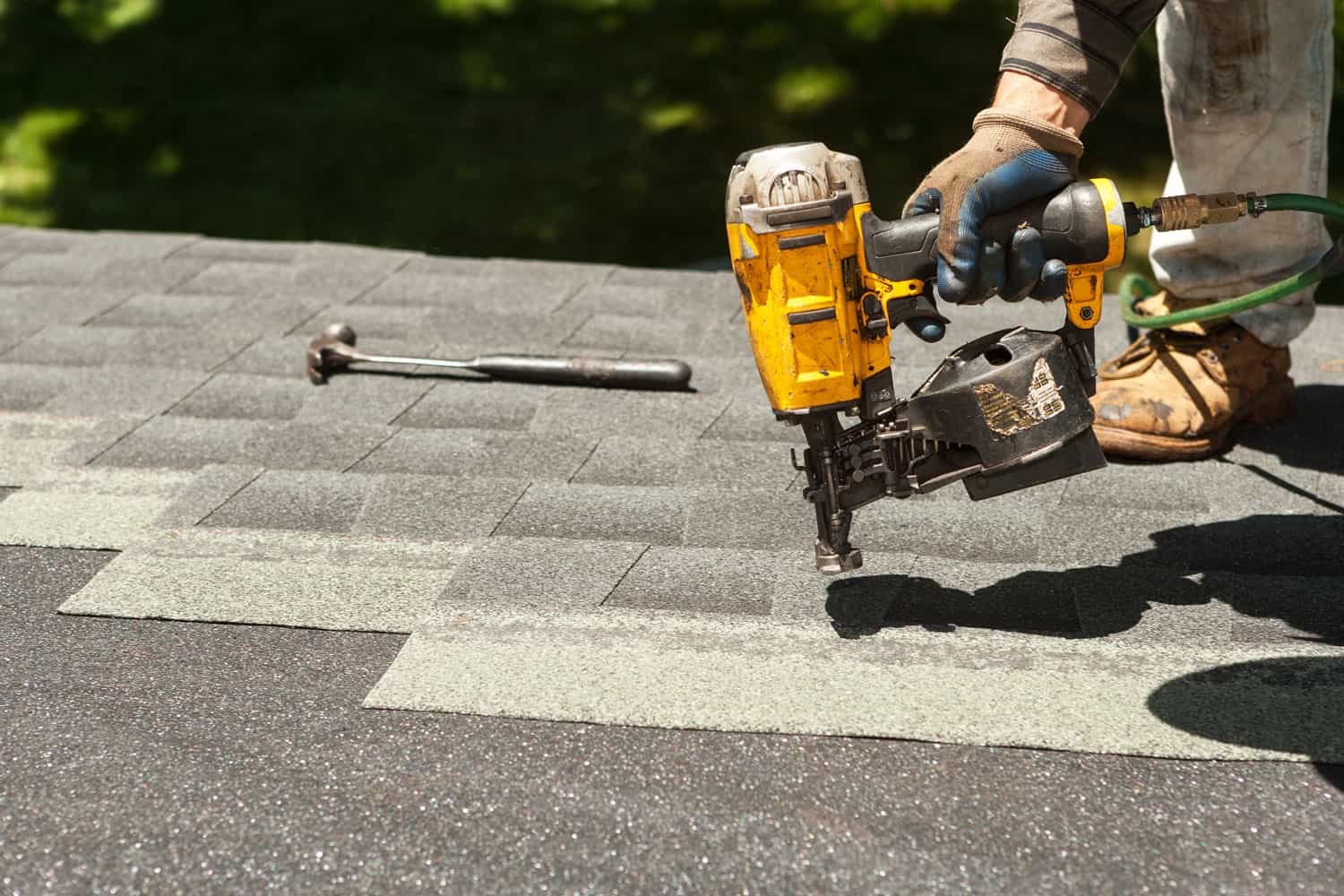
Faulty Flashing Installation
Flashing is thin metal or other material installed around roof penetrations like chimneys, vents, skylights, and in valleys or along walls. Its purpose is to create a watertight seal. Improperly installed flashing is a leading cause of roof leaks. This could include using the wrong type of flashing, failing to layer it correctly with the shingles or underlayment, or not sealing joints properly. Workmanship warranties cover leaks and damage resulting from these flashing errors.
Incorrect Underlayment Application
Underlayment is a protective layer installed directly onto the roof deck before the shingles. It provides an extra barrier against water penetration. Incorrect installation, such as improper overlap, inadequate fastening, or using the wrong type of underlayment for the roof's slope or local climate conditions, can compromise its effectiveness and lead to leaks.
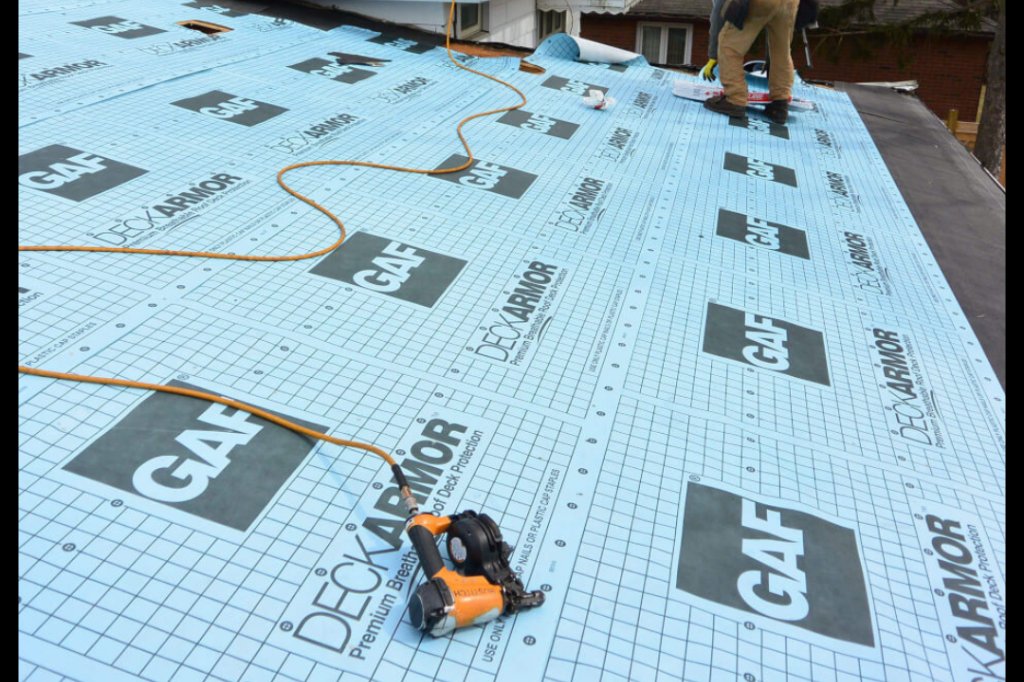
Improper Drip Edge or Eave/Rake Metal Installation
Drip edge and other metal edgings are installed along the eaves and rake edges of the roof to direct water away from the fascia and into the gutters. Incorrect layering with the underlayment or shingles, or improper fastening, can allow water to seep behind the fascia, leading to rot and water damage.
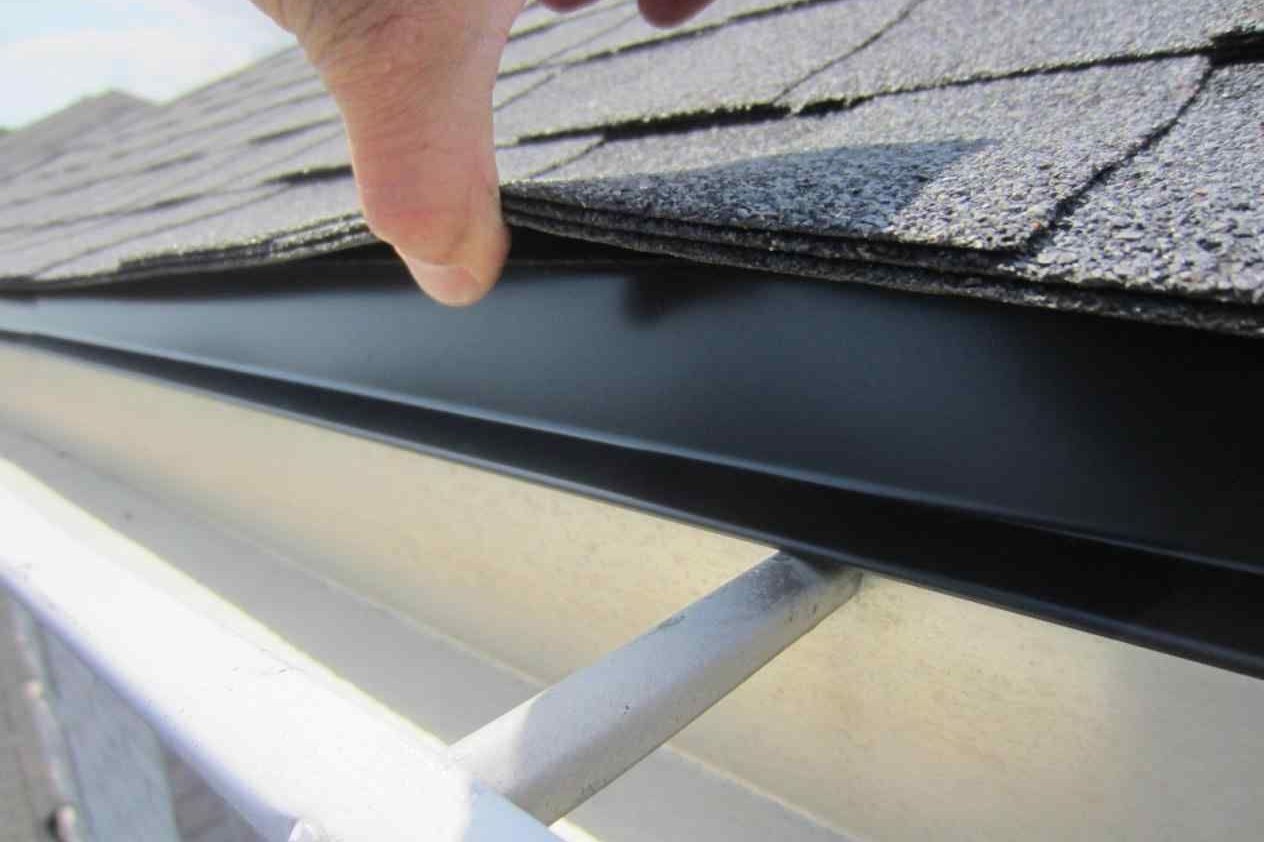
Inadequate Ventilation Installation
While the performance of ventilation components (like ridge vents or soffit vents) might fall under a product warranty, the installation of these components falls under the workmanship warranty. Improperly cut ridge vents, blocked soffit vents, or incorrect placement can lead to poor attic ventilation, contributing to moisture issues, premature shingle aging, and potentially voiding the manufacturer's warranty.
Issues with Shingle Alignment or Placement
Shingles must be aligned correctly, with proper headlap and sidelap, and installed within specific temperature ranges according to manufacturer instructions. Errors in alignment, or installing shingles when temperatures are too cold for the adhesive strip to seal properly, can lead to shingles detaching, blowing off in wind, or allowing water intrusion.
If you're dealing with an active leak or visible damage, waiting isn't an option. You need a professional assessment quickly.
Book a roofing appointment
What a Workmanship Warranty Typically Does NOT Cover
Understanding the limitations of a workmanship warranty is just as important as knowing what it covers. These warranties do not cover everything that could go wrong with your roof. Common exclusions include:
Material Defects
Problems caused by flaws in the roofing materials themselves (e.g., shingles that curl prematurely due to a manufacturing defect, or sealant that fails) are covered by the manufacturer's warranty, not the contractor's workmanship warranty.
Normal Wear and Tear
Roofs have a lifespan, and a workmanship warranty does not guarantee your roof will last forever. It doesn't cover gradual deterioration, aging, or wear and tear that occurs naturally over time.
Damage from External Events
This is a major exclusion. Workmanship warranties do not cover damage caused by:
- Severe Weather: High winds, hail, heavy snow loads, ice dams, or lightning strikes.
- Acts of Nature: Earthquakes, floods, or other natural disasters.
- Falling Objects: Trees, branches, or debris.
- Other Trades: Damage caused by satellite dish installers, HVAC technicians working on rooftop units, or other contractors.
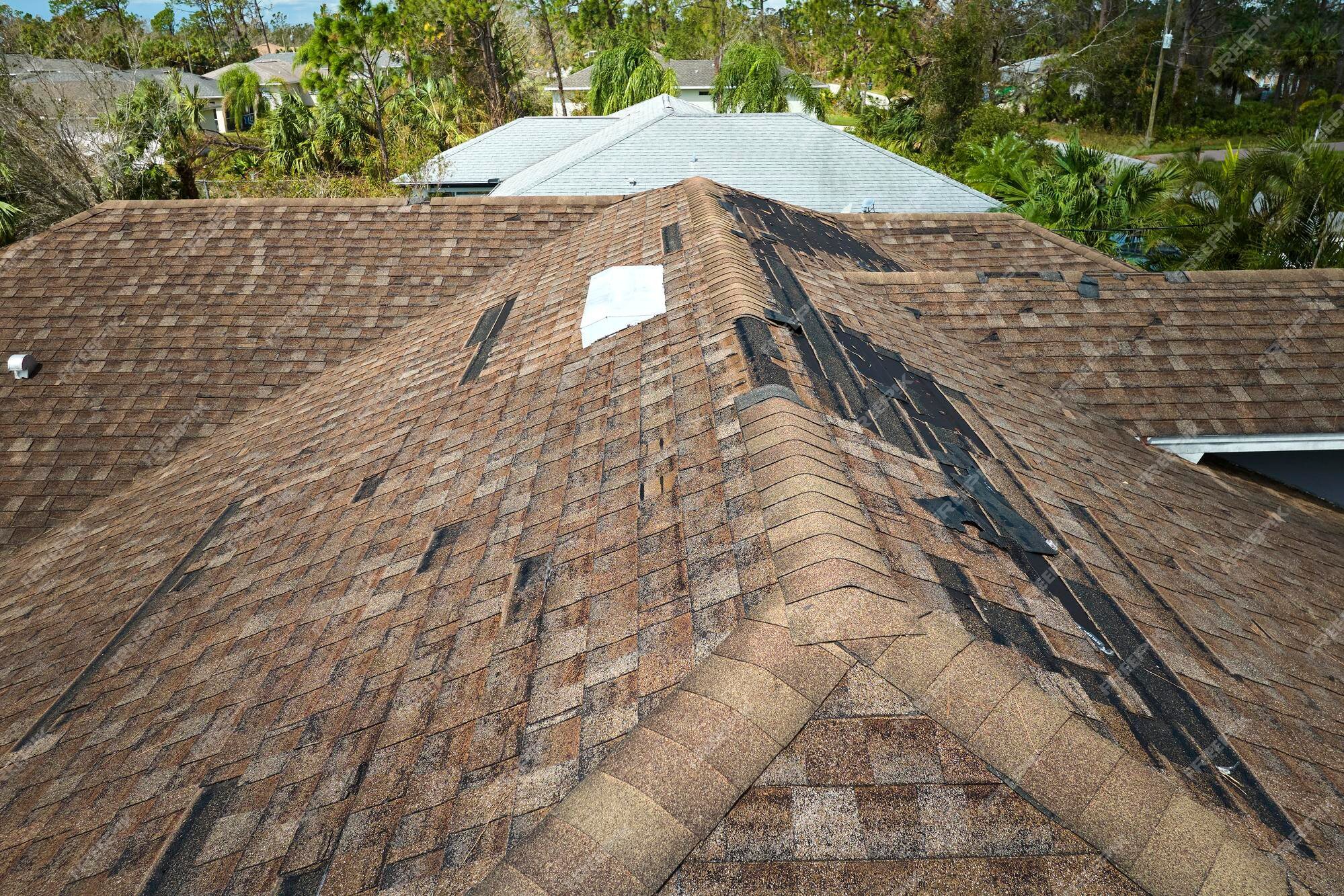
Note: Damage like missing shingles after a storm is typically not covered by a workmanship warranty, though poor installation might make a roof more susceptible.
Alterations or Repairs by Others
If someone other than the original contractor performs work, alterations, or repairs on the roof, it can potentially void the original workmanship warranty. This is because the new work might interfere with or damage the original installation.
Lack of Proper Maintenance
Homeowners have a responsibility to perform basic roof maintenance, such as keeping gutters clear and addressing minor issues promptly. Neglecting maintenance can lead to problems that would not have occurred if the roof was properly cared for, and these are generally not covered by a workmanship warranty.
Issues Unrelated to Installation
Problems caused by settling of the house, structural issues not related to the roof deck, or issues originating from other parts of the house (like plumbing leaks in the attic) are not covered.
Typical Workmanship Warranty Durations
The length of a workmanship warranty varies widely depending on the contractor and sometimes the scope of the project.
- Short-Term (1-5 years): Many contractors offer a basic 1-year warranty. This is often sufficient to catch immediate installation flaws that might manifest shortly after completion, such as flashing leaks during the first heavy rain. Some may offer up to 5 years.
- Medium-Term (5-10 years): More established and confident contractors often provide warranties in this range. This indicates a higher level of confidence in the quality and durability of their work.
- Long-Term (10+ years or Lifetime): These are less common but offered by premium contractors, sometimes in conjunction with specific manufacturer certifications. A "lifetime" workmanship warranty typically refers to the practical lifetime of the roof system itself, not the homeowner's lifetime. These warranties are a strong indicator of a contractor's commitment to quality.
While a longer warranty is generally better, it's crucial to read the terms and conditions carefully. A 10-year warranty from a reputable, stable company with clear terms is far more valuable than a "lifetime" warranty from a new or unproven contractor whose business might not be around in a few years.
Choosing a Contractor Based on Their Warranty
The workmanship warranty offered by a contractor is a reflection of their confidence in their own work and their commitment to customer satisfaction. When evaluating roofing companies, always inquire about their workmanship warranty in writing.
Here's what to look for:
- Duration: How long does the warranty last?
- Coverage: What specific types of installation errors are covered? Are there any unusual exclusions?
- Transferability: Is the warranty transferable to a new owner if you sell your home? This can be a significant selling point.
- Clarity: Is the warranty document clear, easy to understand, and does it outline the claim process?
- Contractor Reputation: A warranty is only as good as the company backing it. Research the contractor's history, read reviews, check their licensing and insurance, and ask for references. A long warranty from a fly-by-night operator is worthless.
Finding a reputable roofer who stands behind their work is essential. You can connect with pre-vetted local contractors easily.
Schedule your roofing service
Don't hesitate to ask potential contractors questions about their warranty during the estimating phase. A good contractor will be transparent and willing to explain their warranty terms in detail.
Making a Workmanship Warranty Claim
If you suspect an issue with your roof is due to an installation error covered by your workmanship warranty, follow these steps:
- Document the Problem: Take photos or videos of the issue (e.g., leak, loose shingles). Note the date you discovered it and any contributing factors you observe.
- Review Your Warranty Documentation: Locate your written workmanship warranty from the contractor. Reread the terms to confirm the issue appears to be covered and understand the required claim process.
- Contact the Contractor Promptly: Notify the original roofing contractor as soon as possible, following the contact method specified in the warranty (usually written notice). Provide them with details of the problem and your documentation.
- Allow Inspection: The contractor will likely want to schedule a time to inspect the roof and assess the issue. Cooperate and provide access.
- Understand the Resolution: If the contractor agrees the issue is covered, they should outline the plan for repair and the timeline. The warranty obligates them to fix the covered problem.
- Follow Up: If there are delays or disagreements, continue to communicate in writing. If you reach an impasse and believe the contractor is not honoring their warranty, you may need to seek legal advice or contact your local consumer protection agency or contractor licensing board.
Important Tip: Always keep copies of your contract, warranty documents, invoices, and any communication with the contractor in a safe place.
Frequently Asked Questions About Workmanship Warranties
Q: What is a workmanship warranty?
A: A workmanship warranty covers defects due to poor craftsmanship or installation errors. It ensures that the contractor will fix issues related to their work at no cost to the homeowner.
Q: How long do roofing workmanship warranties typically last?
A: The duration varies, but common terms range from 1 year to 10 years. Some premium contractors may offer longer or even "lifetime" warranties, though the definition of "lifetime" can vary.
Q: Does a workmanship warranty cover leaks?
A: Yes, a workmanship warranty covers leaks if the leak is caused by an installation error, such as improper flashing, incorrect shingle nailing, or faulty underlayment application. It does not cover leaks caused by material defects or storm damage.
Q: Can a workmanship warranty be transferred to a new homeowner?
A: Some workmanship warranties are transferable, while others are not. If transferability is important to you (e.g., you plan to sell your home), confirm this with the contractor and ensure it's stated in the written warranty.
Q: What should I do if my contractor won't honor their workmanship warranty?
A: First, review your warranty document and gather all relevant paperwork and documentation of the issue. Communicate with the contractor in writing, clearly stating the problem and referencing the warranty. If they still refuse, you may need to file a complaint with the state licensing board or seek legal counsel.
Ensuring Your Roof's Longevity
A roof is a significant investment, and ensuring it's protected by both a solid manufacturer's warranty and a reliable contractor's workmanship warranty is paramount. Taking the time to understand these protections and choosing a contractor who stands firmly behind their work is the best way to safeguard your home against future problems and enjoy lasting peace of mind.
Whether you're planning a full replacement or need immediate repairs, getting started is easier than ever. You can explore options and connect with qualified professionals.
Ready to get your roofing project underway or need a repair fast?
Get started with a reliable local roofer
